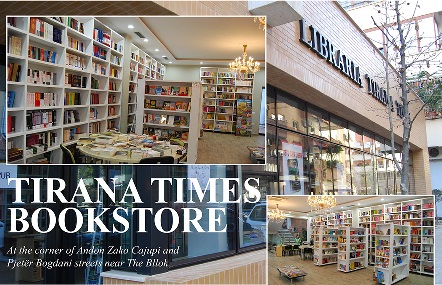Commemorating 70th anniversary of the Auschwitz-Birkenau liberation

Set up by the Germans in mid-1940 at the town of Oswiecim, in the lands which had been incorporated into the German Reich, the Auschwitz-Birkenau camp has become a global symbol of genocide. Commemorations of its liberation will bring together three hundred former Auschwitz inmates, the last Holocaust survivors, as well as government officials from around the world. For 10 years now, the camp’s liberation day has been marked across the globe as International Holocaust Remembrance Day.
Over 1.5 million people visited the Auschwitz-Birkenau museum in 2014, the most frequented memory site in Europe. 27 January marks the 70th liberation anniversary of this Nazi German concentration and extermination camp.
“There is no way to understand postwar Europe and the world without an in-depth confrontation between our idea of mankind and the remains of Auschwitz. Here is the only one of the large extermination sites preserved in its authenticity to this day,” Piotr A.M. Cywiński, director of the Auschwitz-Birkenau State Museum in Oswiecim, wrote in a recent report titled Revision of the way we see the world and ourselves. Auschwitz Memorial Report 2014.
Today, it is this museum, 70 kilometres west of Krakow, that protects the remains of the most tragic Holocaust site, where the German regime murdered over a million people during World War Two.
Even though a visit to the former Nazi German concentration camp comes as a shock to many and becomes etched in their memories forever, the number of those who want to see this place is on the rise.
In 2004, 492,500 people passed through the famous gate with the inscription “Arbeit macht frei”; ten years later, this number stood at 1,534m. Ever more visitors choose the company of a guide-educator, who tells the horrific story of the place while leading you past the barracks and cremation ovens.
“Out of 270 guides at Auschwitz-Birkenau, over a hundred speak English, several dozen German, and a dozen or so Italian, French and Hebrew each. We also have a Japanese who has been guiding tours for many years now, and a few people who speak Scandinavian languages,” says Andrzej Kacorzyk, deputy museum director and head of the International Centre for Education about Auschwitz and the Holocaust.
Besides Israeli high school students and soldiers, most visitors come from the UK, Scandinavia and Italy. For a number of years now, Italians have been coming on special “memory trains.” Germans and the French also form large groups of visitors.
“This is a consequence of Holocaust education across Europe, as well as national and local programmes that allow young people from European countries to visit memory sites,” explains director Kacorzyk.
The number of individual visitors has also been on the rise. “More and more people come from countries that were not directly involved in WWII, and from outside Europe. I should point here in particular to guests from the United States, Canada, Israel, Australia, South Korea and Japan. We’ve been also seeing an increasing number of Chinese,” adds Andrzej Kacorzyk.
Each group is offered a tailor-made tour that focuses on the history of prisoners from their country. Educators address visitors in their native languages, “the languages of heart,” which places an added emphasis on the tragic story.
The growing interest in the history of Auschwitz and the 70th liberation anniversary of the Nazi German concentration and extermination camp have helped attract global attention to the problems of a memory site that has so far been mainly maintained by the Polish government. Foreign contributions cover around five percent of total costs, while PLN 5m was spent on conservation work last year alone, which is PLN 1.5m more than the year before. In 2015, this could be close to PLN 7m.
Six years ago, concerned about the camp site’s condition, Professor Władysław Bartoszewski, a legendary member of Żegota (a Polish organisation which aided Jews in and outside ghettos during World War II), a former Auschwitz prisoner and Poland’s former foreign minister, called for finding a regular source of financing to maintain Auschwitz as a memory site.
That was the idea behind raising the Perpetual Capital of EUR 120m for conservation work. So far, the governments of 35 countries have pledged a total of EUR 102m for this purpose. Another EUR 1m comes from donors, who have supported the Auschwitz-Birkenau Foundation under the “18 Pillars of Remembrance” campaign.
According to the Museum staff, the results of the renovation will be visible in a few years’ time. In October 2014, the four-year renovation of warehouses and blocks 2 and 3, which had undergone major changes after World War II, was completed. The work covered all original construction elements and pieces of equipment. The blocks were furnished with authentic camp furniture, cabinets, plank beds and tables.
By KAROLINA KOWALSKA - www.polska.pl - Photo: Mariusz Ciszewski




